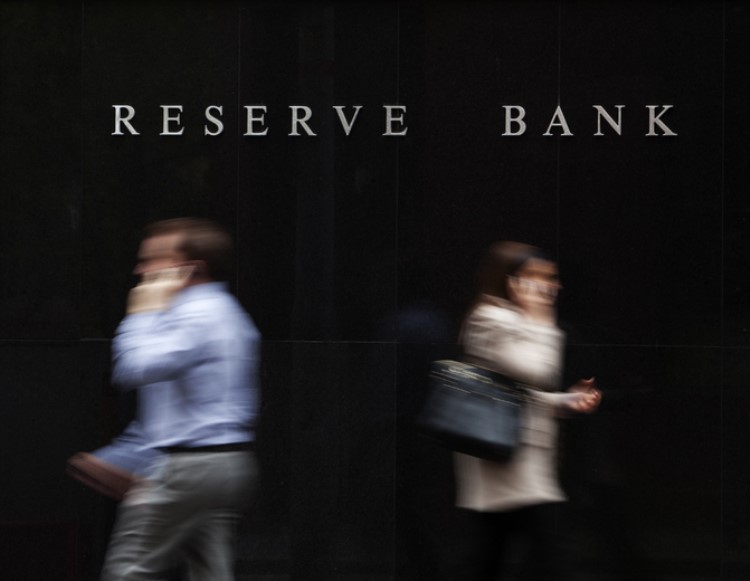
As largely expected, the Reserve Bank of Australia (RBA) has left the official cash rate on hold at 0.75 per cent at its board meeting today.
However, experts believe that we might get one more rate cut this decade.
“When I look at the three key factors – underlying inflation, unemployment and exchange rates – there are more reasons to drop rates than there are to keeping them on hold,” Brendan Rynne, KPMG chief economist, told 9News.
Meanwhile Tim Lawless, head of research at CoreLogic, pointed to falling consumer confidence as a key issue for the central bank.
“While several of the key economic indicators have stabilised, no doubt the RBA will be carefully monitoring other indicators that have continued to lose momentum such as consumer confidence, residential construction activity and retail spending,” he said
“One of the negative side-effects of such historically low interest rates is that Australian households and businesses are reading through the low rate setting and becoming less confident about their household finances and the outlook for the economy, which is offsetting some of the stimulatory benefits of historically low interest rates.”
If the Reserve Bank does lower the cash rate to 0.50% in December, the early Christmas present would follow three rate cuts already delivered in June, July and October this year.
Following Tuesday’s decision to keep rates on hold, Lawless added that lenders are becoming “increasingly competitive”, particularly for high quality borrowers, or those with low debt relative to their incomes and a responsible track record of savings.
“[These are] the lowest mortgage rates [we’ve had] since at least the 1950s,” he said.
“Improved access to credit following APRAs decision to adjust the interest rate serviceability floor are contributing to a rebound in housing market conditions. While the improved housing market conditions are a positive for broader economic conditions, an increase in speculative activity from property investors or a slip in the quality of lending standards could be the trigger for a new round of macro-prudential policies aimed at maintaining prudent lending standards and keeping a lid on further accrual of housing related debt.”
Collections: Mortgage News


Share